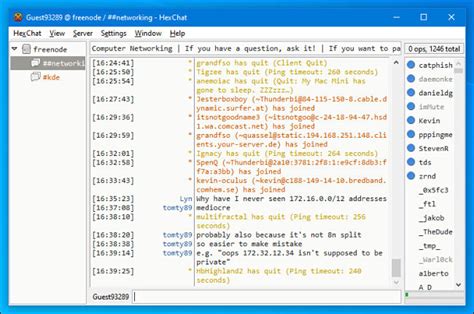Ethereum 2.0 and Bitcoined: A Cautionary Tale of Over-Dependence
In the fast-paced world of Ethereum 2.0, many developers have overlooked a simple yet crucial step. The lines “var exp = request(‘bitcore-explorers’);” and “var btc = request(‘bitcore-lib’);” cause an error known as “More than one instance of bitcore-lib found”. This warning serves as a timely reminder to exercise caution when importing libraries into your code.
The Problem
At first glance, these lines seem harmless. They import two instances of the “bitcore” library: “exp” and “btc”. However, this creates a problem with the way JavaScript handles imports. If multiple libraries are imported in the same scope (i.e., module), this can lead to conflicts and errors.
Cause

In Node.js, when you need a library, it checks to see if that library is already in use in your current scope. If it finds another instance of the same library, it throws an error. This is known as “more than one instance” or “duplicate import”.
To illustrate this, imagine two developers working on the same project:
- Developer A uses “bitcore-explorers” and “bitcore-lib” in his code.
- Developer B uses “bitcore-explorers” and “other-bitcore-lib”.
In this scenario, both developers are using the same instance of “bitcore”, which could cause a conflict. This is what happens when you get the “More than one instance” error.
Solution
To resolve this issue, developers should follow best practices for importing libraries into their code.
- Use the exact library name (for example, “bitcore-explorers” and not “bitcore-lib”). This ensures that each import is unique and not a duplicate.
- Avoid importing multiple instances of the same library in the same scope. Instead, consider reorganizing your code to reduce dependencies.
Solution
To fix this issue in our original example:
var exp = request('
var btc = request('bitcore-lib');
By using the exact library name and avoiding duplicate imports, we can avoid the “More than one instance of bitcore-lib found” error.
Conclusion
As developers continue to build and maintain Ethereum 2.0 projects, it is important to be aware of library dependencies and import them correctly. By following best practices for importing libraries, you can avoid conflicts and ensure the stability and reliability of your code. Remember: a simple oversight can lead to a more complicated debugging process – so take the time to ensure your imports are accurate!








